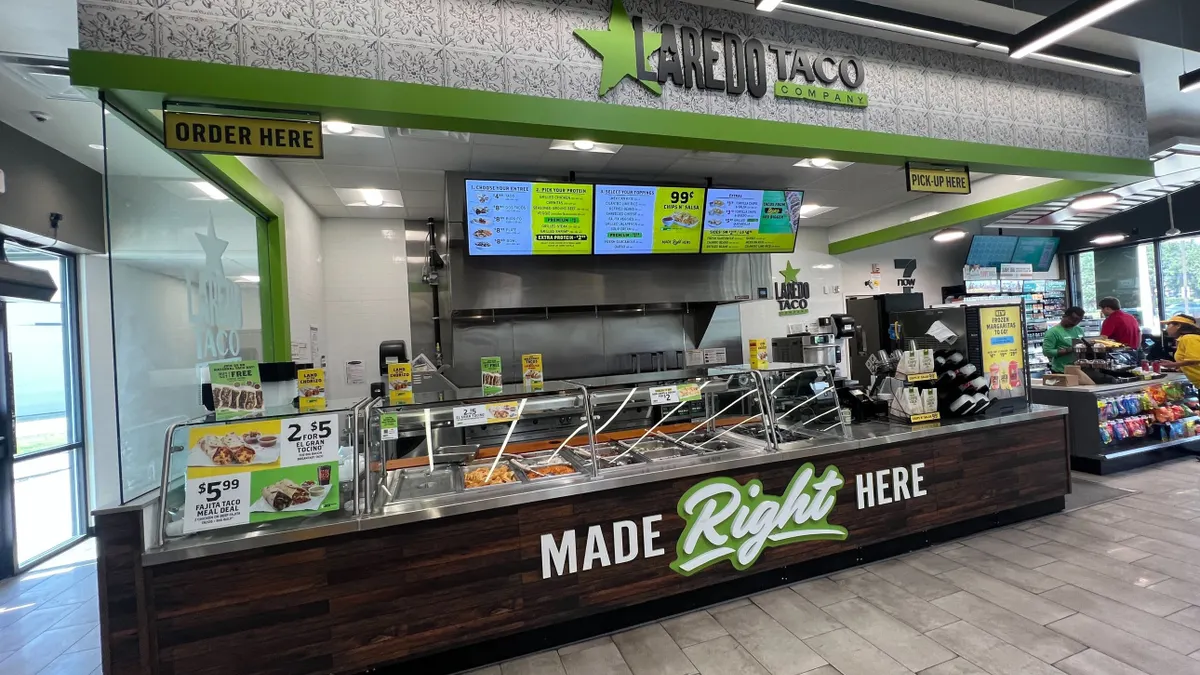Christian Berthelsen is the Chief Technology Officer at Fourth.
Operating a profitable restaurant isn't easy. In addition to managing day-to-day operations, restaurant owners and managers must also constantly evaluate ways to increase efficiency, grow sales and reduce costs all while managing risk and compliance. To do more than survive — but actively thrive — restaurants need to rely on technology and data more than ever before.
While there are many back-office systems available to help operators manage individual areas, investing in and implementing technology that enables complete visibility across an entire business operation is critical. With all restaurant data integrated into one system, operators can see the present and plan for the future — otherwise known as demand forecasting.
But simply relying on historical data isn't enough anymore. For effective forecasting, restaurants should examine two specific areas of opportunity — labor and inventory.
Labor forecasting
Turnover is a serious problem in the restaurant industry, reaching a staggering 73% in 2016, according to The United States Bureau of Labor Statistics. As these rates continue to climb, labor forecasting in the restaurant industry is crucial to identifying solutions to the employee turnover problem.
One way to retain and satisfy staff is to be strategic with scheduling, which provides two main benefits.
By understanding the peaks and dips in service across shifts, restaurant managers can better optimize scheduling to deploy the right people in the right place at the right time. This enables operators to not only drive profits and cut costs, but also boost customer satisfaction as well. For example, knowing it takes longer to make a cocktail than pour a beer, restaurant managers could adjust staff scheduling behind the bar during peak hours to ensure excellent service without overworking their employees. With this in mind, managers should create schedules based on demand and data analysis (i.e. trends, covers, arrival times, etc.) rather than relying on instinct and habit.
The other main benefit is using technology to ensure staff have certainty that they are getting enough shifts (and therefore pay and tips) to enable them to have the income they need. This in turn fuels staff loyalty and length of tenure, while ensuring operator compliance with federal overtime laws. Managers must also ensure they are not overscheduling employees or risk penalties. Having a system that automatically tracks schedules and can notify an operator when an employee is nearing overtime is critical to maintaining compliance.
Inventory forecasting
According to a recent ReFED report, the restaurant industry generates about 11.4 million tons of food waste annually at a cost of about $25 billion per year. Over-ordering, over-portioning and food waste not tracked during recipe creation and execution all contribute to this.
To better calculate a restaurant's purchasing needs, operators need to deploy technology that tracks and analyzes purchasing data in correlation with sales. Equipped with these insights, restaurateurs can accurately forecast a restaurant's stocking needs with a low percentage of error.
For instance, operators should leverage reliable reporting to monitor and track the most popular items and the "hardly ordered" items across all menus. Understanding the relative popularity of menu items and plotting this against their profitability can reveal places where savings can be made.
With the proper forecasting tools and data in place, restaurateurs can keep customers' favorite menu items in stock, leading to more sales and a better customer experience.
Leverage weighted absolute percentage error (WAPE)
With the increasingly fast-paced momentum of the restaurant industry, gone are the days where surface level data (i.e. end-of-day record keeping or weekly averages) can accurately forecast restaurant performance. Operators must also keep in mind how other factors — such as weather, local events and seasons — can change profit forecasting. Therefore, accurate forecasting is no longer about the return on total assets (ROTA) because the aggregation of data often disguises the real picture and hides opportunities.
For example, if a morning restaurant shift ends three hours early and the evening shift ends three hours later than usual, the end of the day ROTA would equate to zero (because the two shifts cancel each other out). Instead, restaurants should start looking at their WAPE — Weighted Absolute Percentage Error. Using the same example of the -3 shift and the +3 shift, WAPE scoring would deduce the restaurant had six inaccurate hours that would need to be accounted for. As a best practice, restaurant owners should consistently monitor their WAPE and work toward improving the numbers week after week.
With all the demands of running a restaurant, manually sifting through massive amounts of siloed data shouldn't be one of them. Automatically bringing in data from other applications into one robust platform — underpinned by machine learning and predictive analytics — eliminates error-prone manual processes and can deliver deeper insights enabling operators to improve profitability, boost employee engagement, generate savings and increase efficiencies. Accurate and reliable forecasting is all in the details.
















